Hi readers! :) This is the most awaited 2nd part (hahah) of my life in Japan.
Last time I told you about the safety, cleanliness, peacefulness, orderliness, quietness and all those ness haha here in Japan :)
Today, let me tell you about the other things my keen and eager eyes have observed :D
1: The flow of traffic
What I like
It is what it is. Driving here is considered leisure.
You can drive comfortably, hassle-free, stress-free, anger-free and all kinds of free. :)
In addition, motorists abide by the traffic rules and law. Not to mention, pedestrians do too.
Travelling is fast in Japan. You can get from one destination to another easily and conveniently.
Trains, buses, and all kinds of transportation are reliable.
In the Philippines, from Ninoy Aquino International Airport to Bulacan which is approximately 55 km (if I’m not mistaken), can take up to 3 hours or more.
In Japan, from Kansai International Airport to Suita, Osaka which is about 60 km, only takes an hour and a half utmost.
How it differs in the Philippines
I think this doesn’t need further explanation.
It is no longer new and amusing to tell and know how horrendously horrible the traffic situation is in the Philippines.
It is actually a very big problem which drives all Filipinos mad. This is one of the very few sentiments that all people in the Philippines share.
On the contrary, seeing such difference, I couldn’t help but admire how patient Filipinos are.
Imagine spending over 3 hours every day just to get to work, school etc. Indeed, that takes a lot of patience.
I salute my countrymen for that, however I really wish the situation would improve, so that instead of being stuck for 3 hours or more inside a vehicle, people could actually use their time productively and spend more hours with their loved ones.
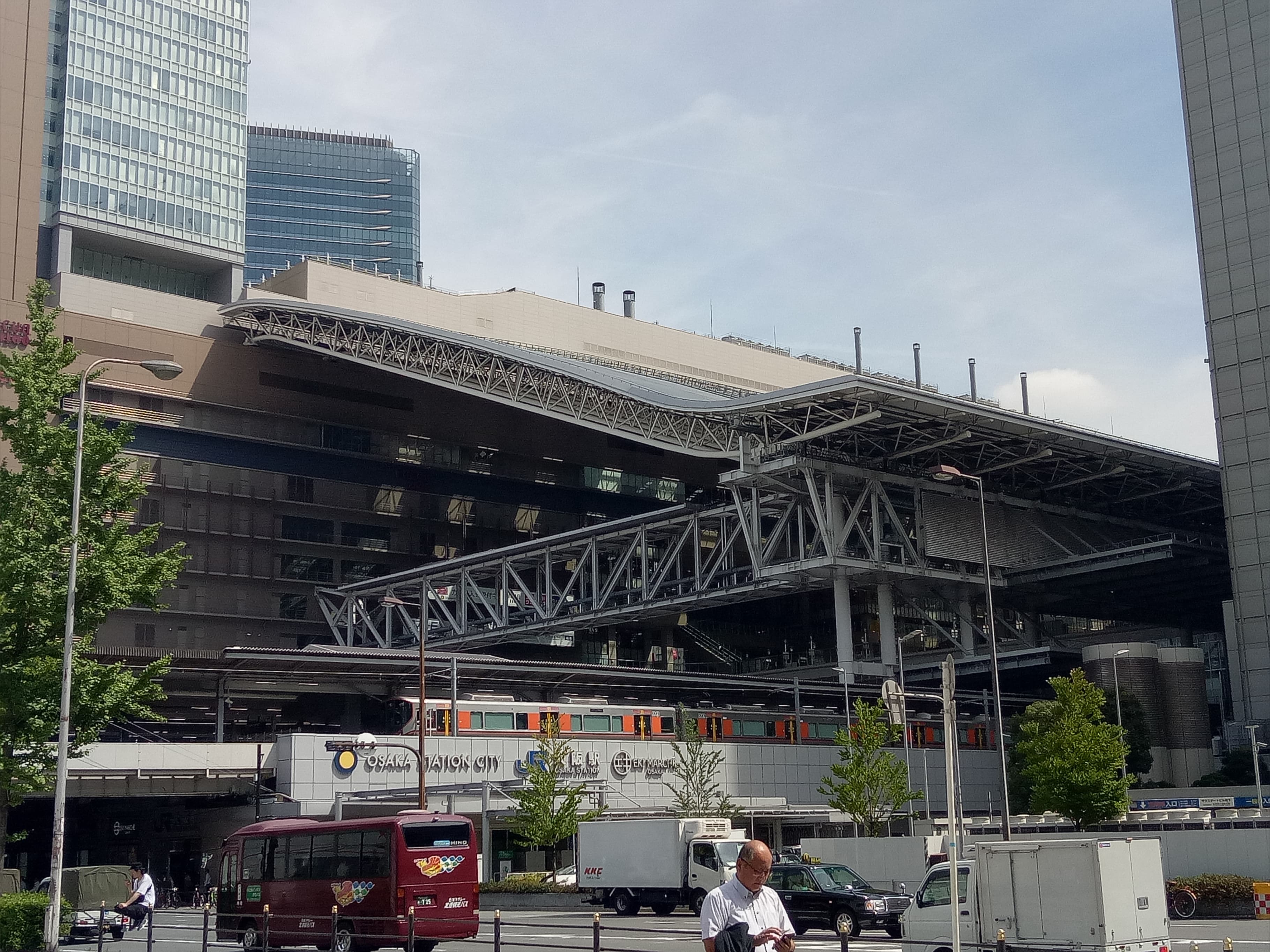
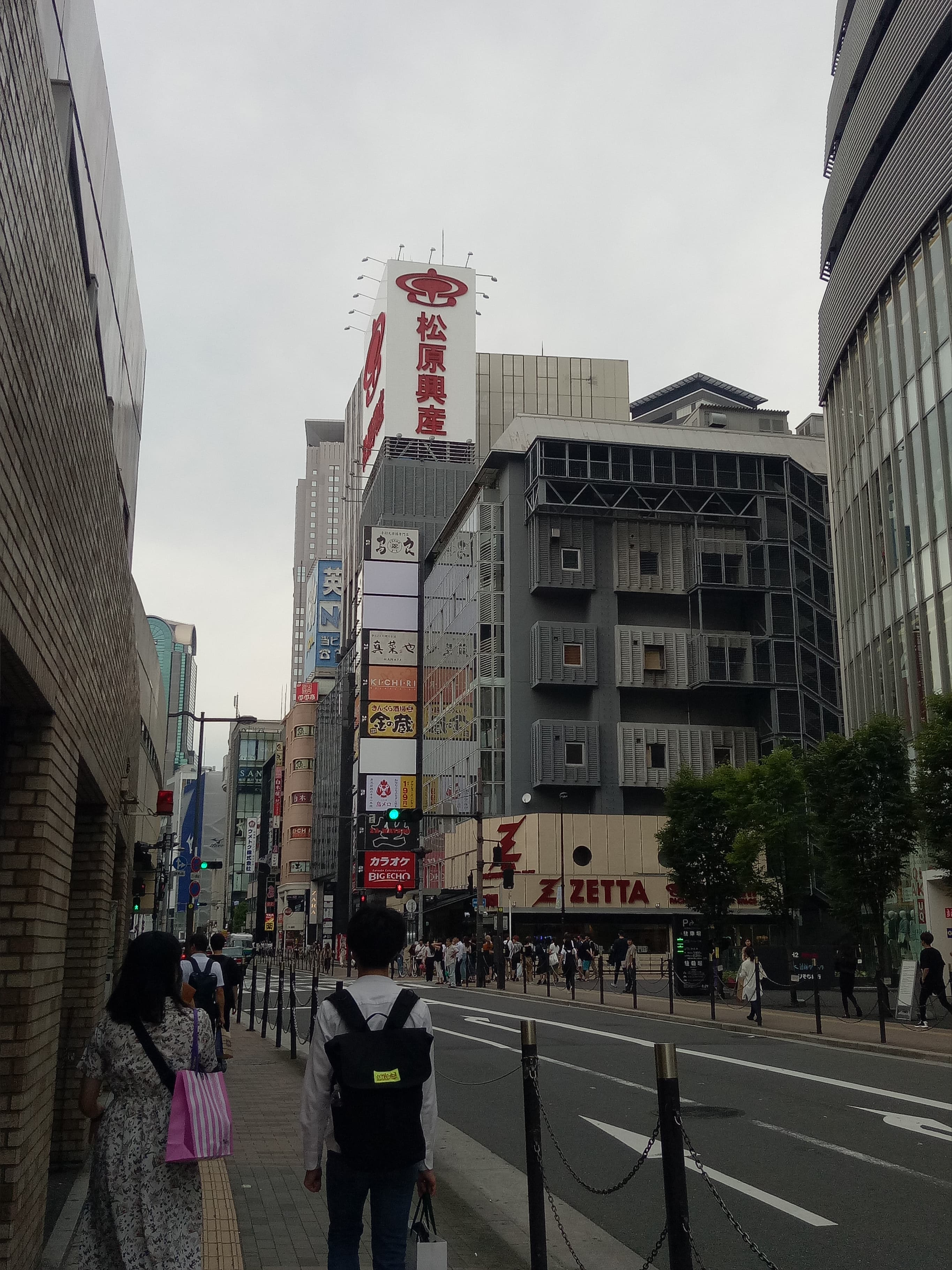
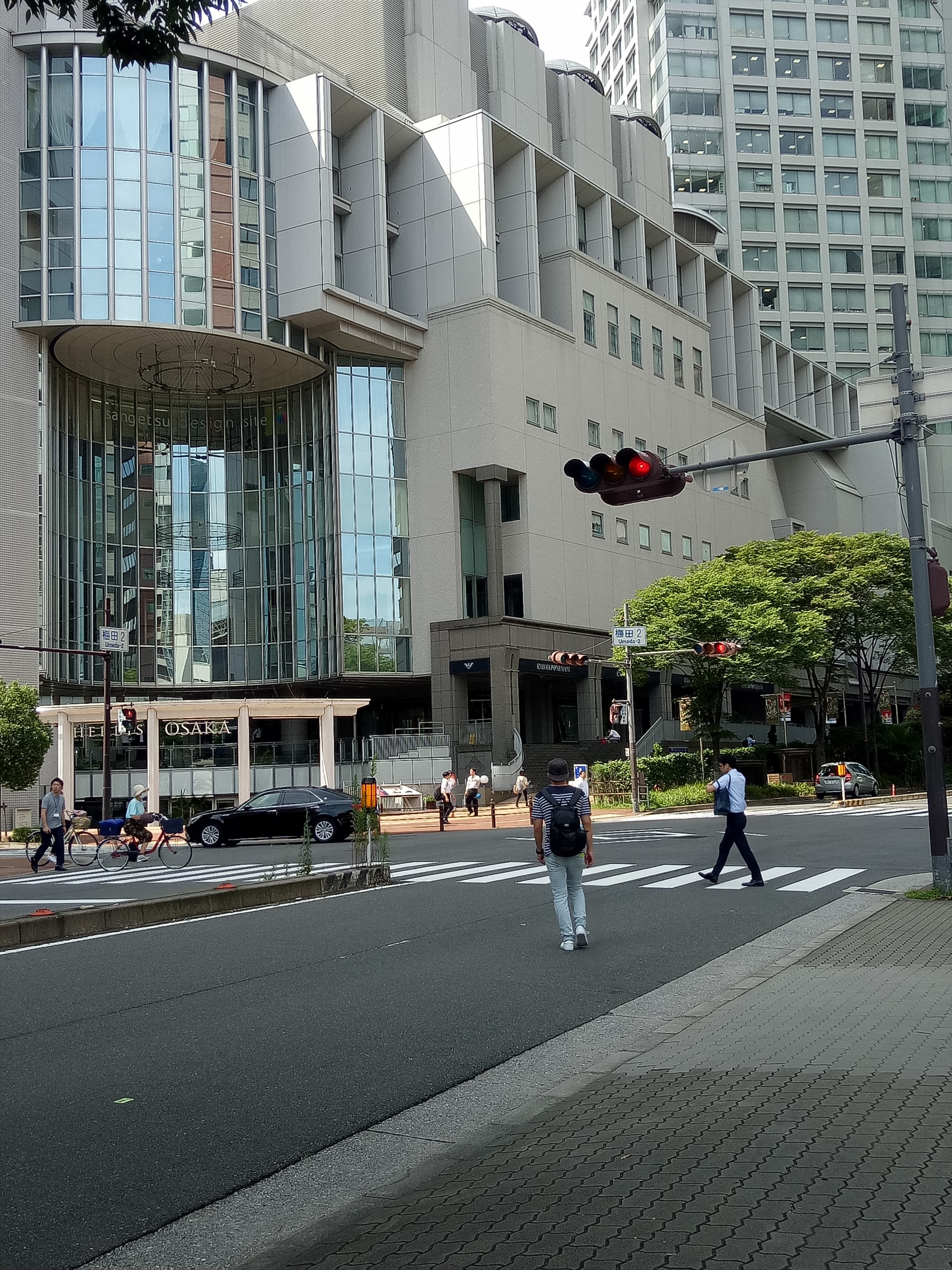
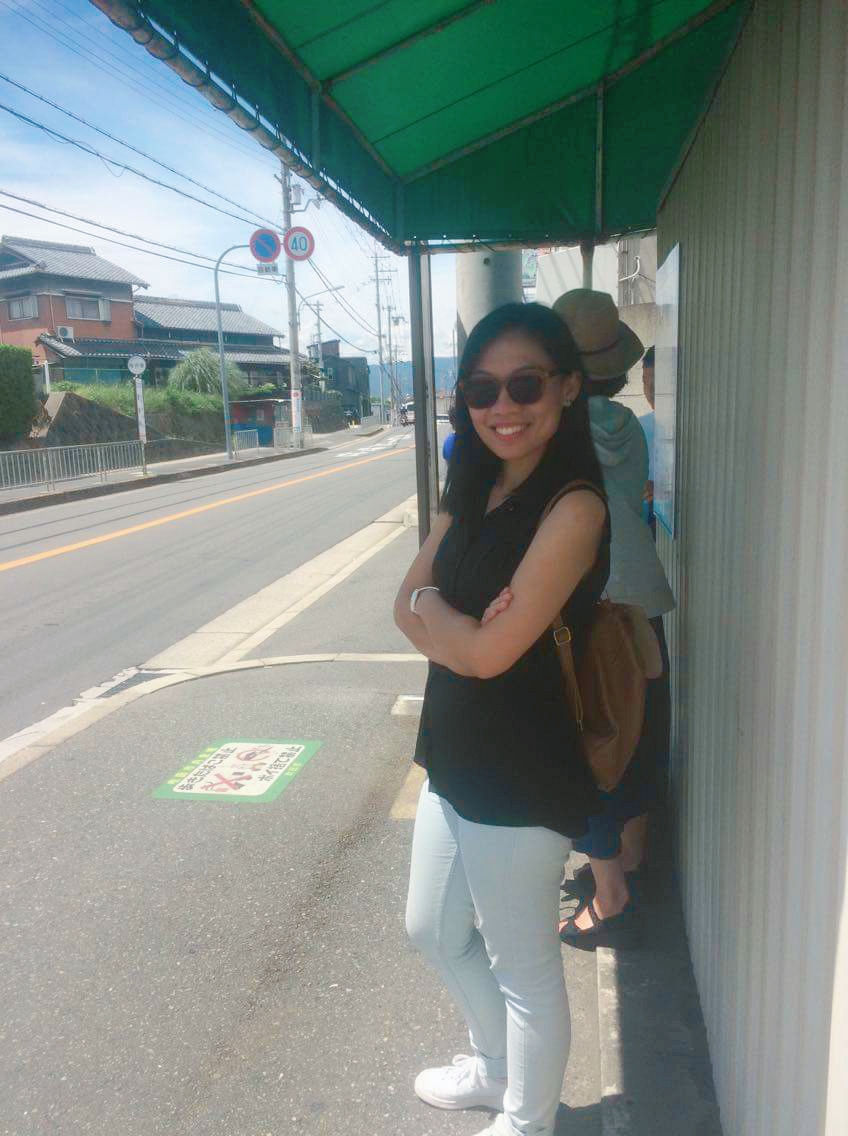
📩 英語を話せるようになる第一歩として、リョウが無料で学習相談を実施中です。
発言内容の見える化や添削で、あなたの課題を明確にし、次の一歩を一緒に見つけましょう。
2: Everything is on time
What I like
This really freaked me out at first.
It was a jaw dropping realization of how on time Japanese are.
It’s exact, precise and accurate.
They make it a point to follow the schedule strictly.
This also goes to show that they do not only think about themselves, they also greatly consider and think about others.
A perfect example for this are the the trains and buses.
They are very precise and strict about time.
When I checked the timetable (schedule) and saw the EXACT times buses and trains would arrive, I nearly fell off my chair.
And when I say exact, I mean it’s really exact, such as 10:03, 7:57 etc. WOW! And much to my amazement, they really arrive accordingly. (clap clap)
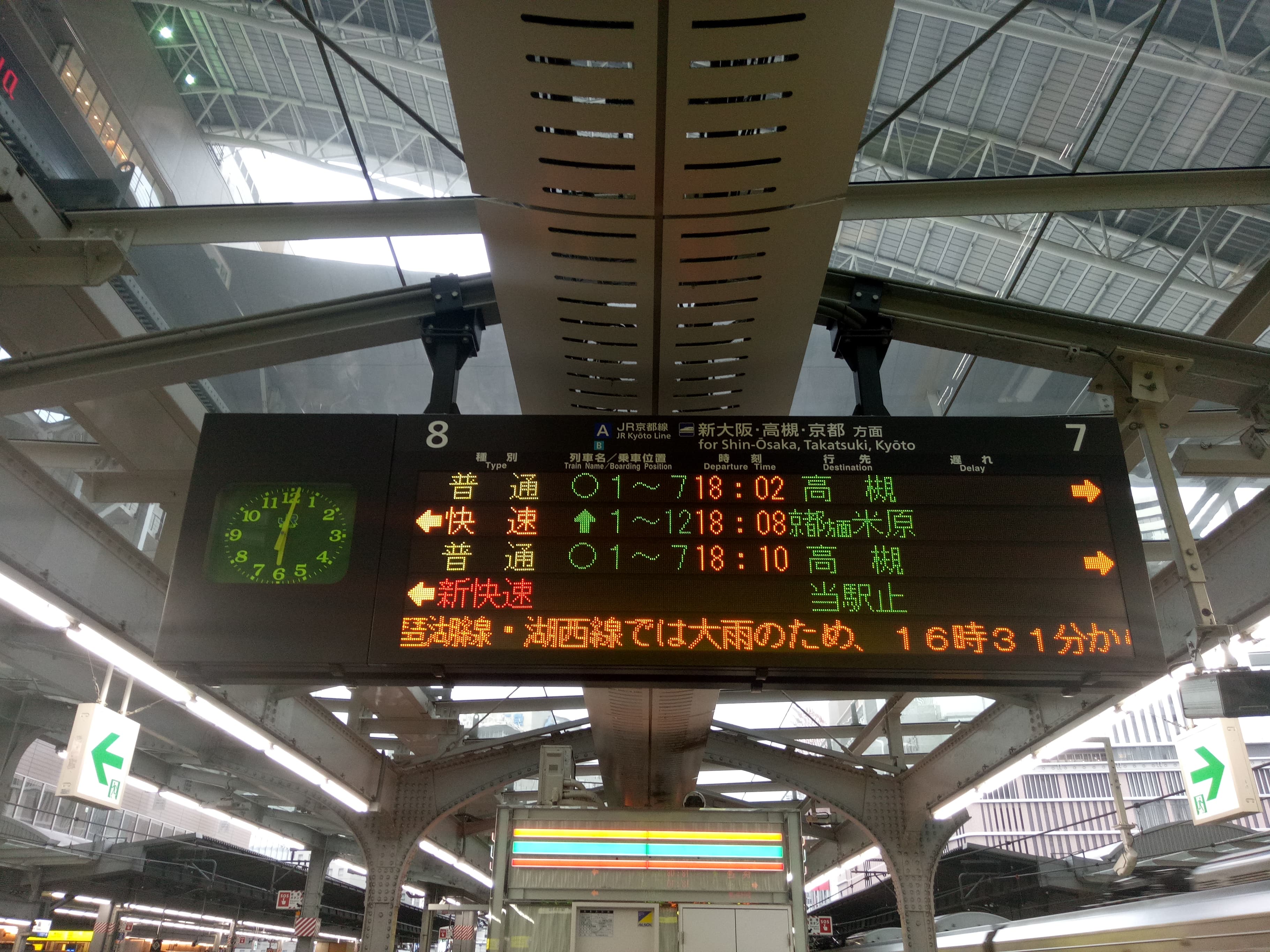
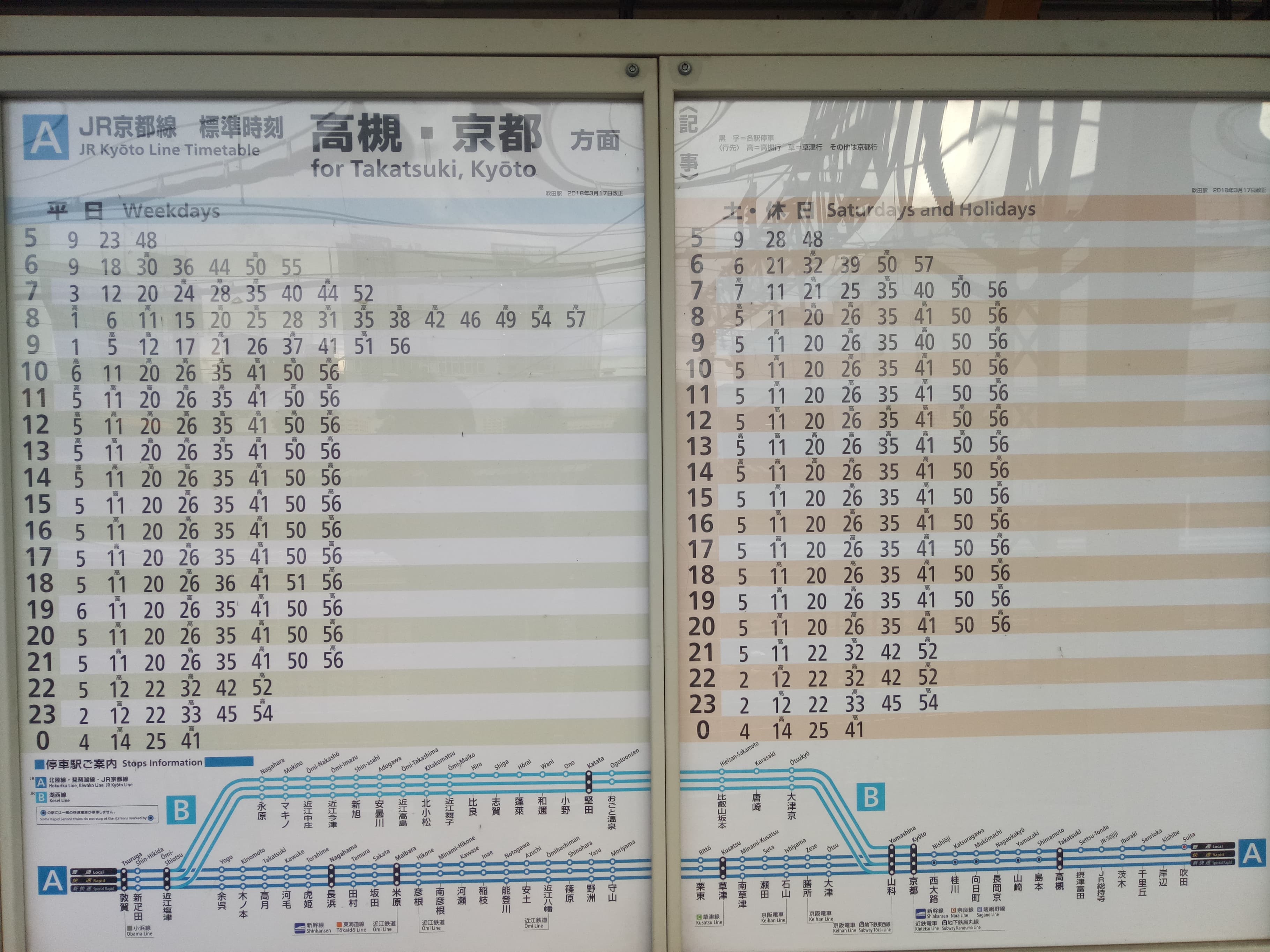

How it differs in the Philippines
In the Philippines, 10:03 is 10:10 or worst 10:30 or even later.
Another thing is that, in the Philippines, there is no particular schedule (except for provincial buses of course).
It merely depends on one’s luck and not to mention if the bus / jeepney is already full.
As for the trains in the Philippines, it’s basically the same. NO specific schedule! :(
That means all passengers are clueless how long they’d have to wait.
And if you are in extreme bad luck, the next train might be so packed and full that makes it impossible for the new passengers to get in, which only means, more waiting :(
3. A lot of variants to choose from
What I like:
Going to their supermarkets is such a breath of fresh air.
It gives me pleasure and comfort for some weird and unexplainable reasons.
Their “ready-made” and “ready-to-eat” food and snacks all look so delectable and irresistible.
Even the food that you find in the convenience stores has the same effect. :) They all look so yummy which makes you want to try all.
Moreover, if you’re a woman, I am sure Japanese cosmetic stores are your haven.
Products from head to toe are all available. Whatever you need, and whatever your hair and skin type is, Japan has it. :)


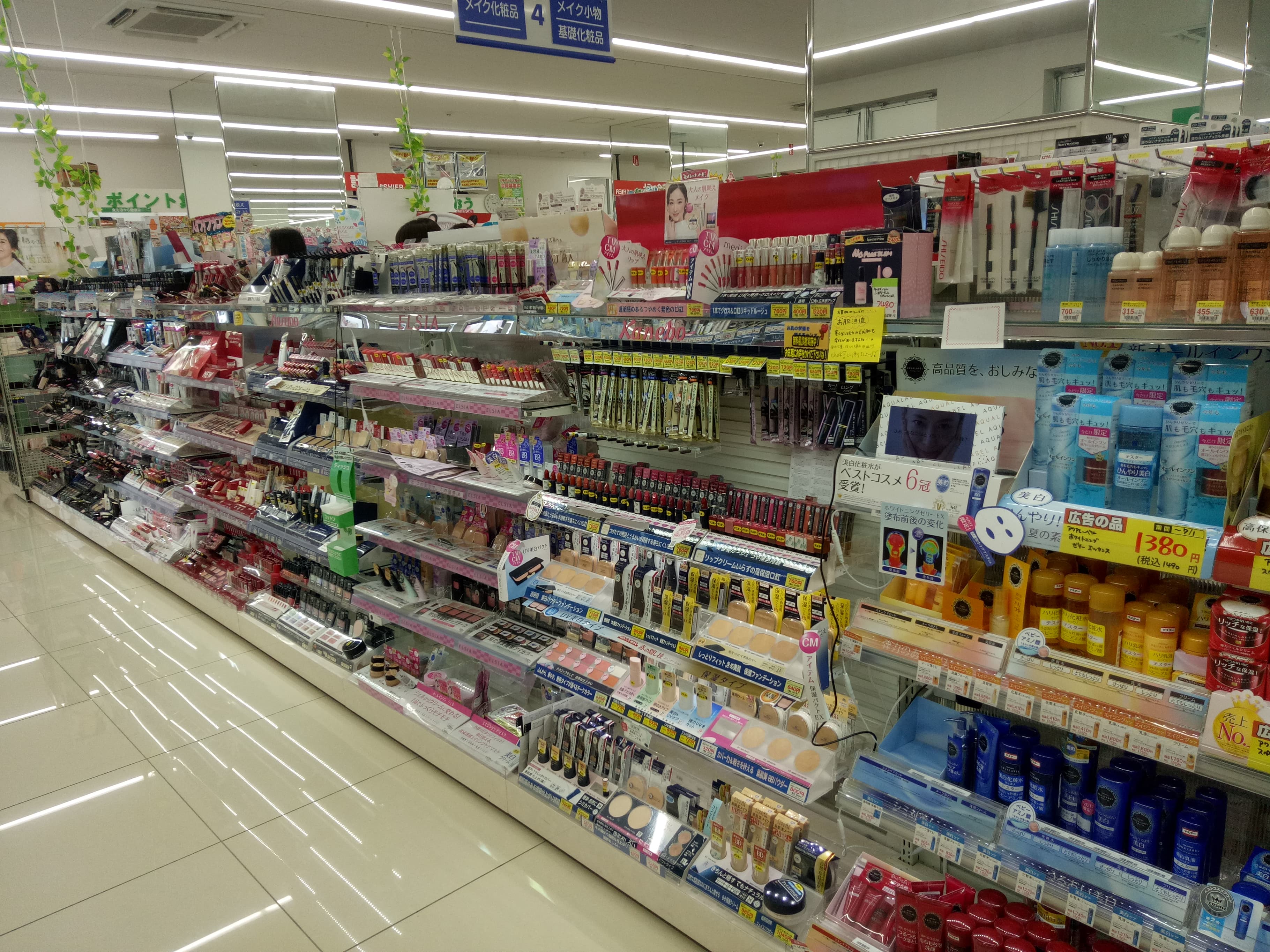
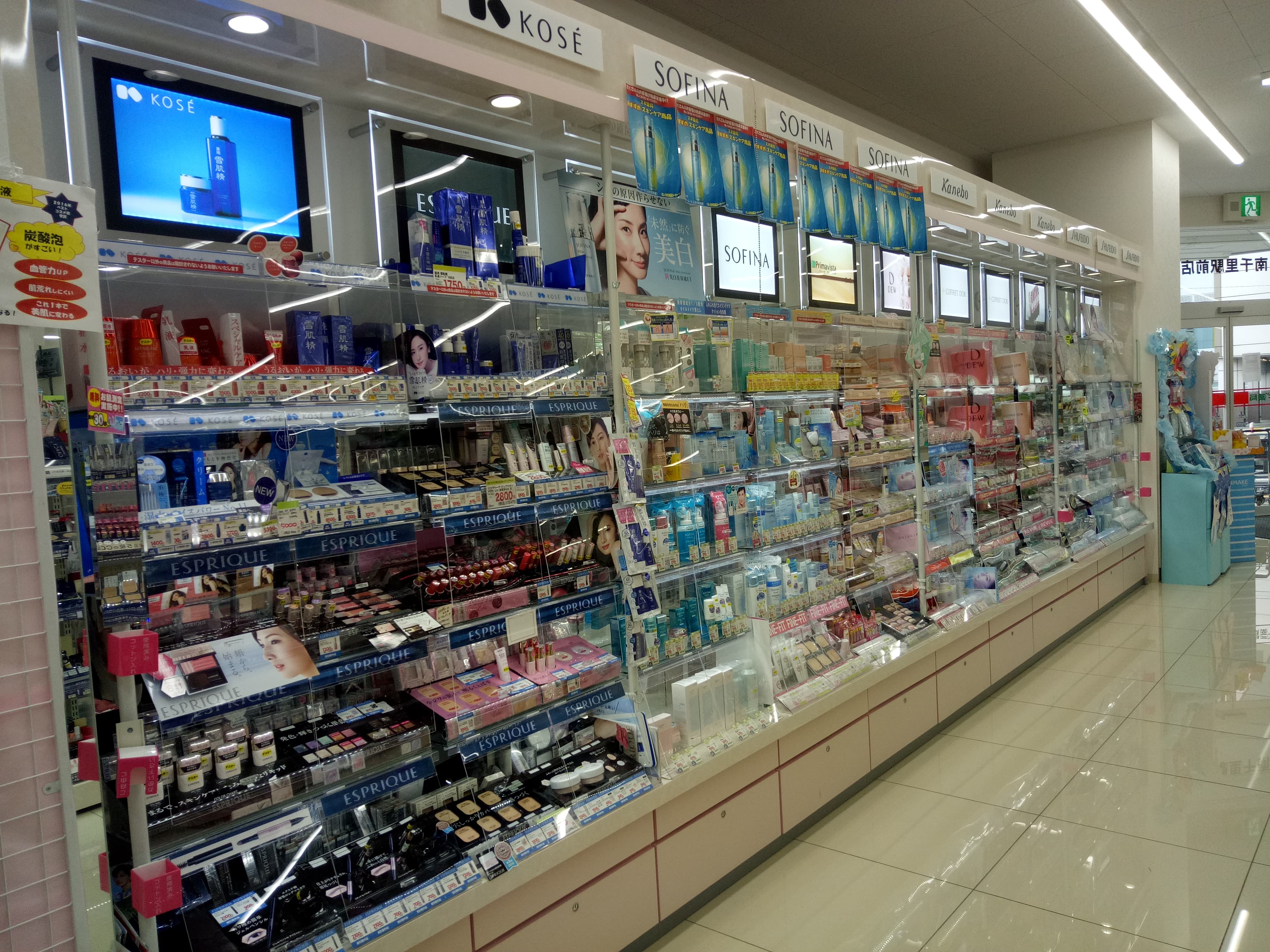
How it differs in the Philippines:
I think the only thing I can comment on this is the language.
Translations in English are not made available to all of their products.
I find this extremely tough and challenging.
Because of this, I depend on my husband and my dictionary at all times.
I don’t have any problems with Katakana and hiragana, but kanji… that’s another story. :(
It would be a very big help if they could put English label / sign inside the supermarkets.
In that way, foreign shoppers would find it easier to locate what they need. :)
This is actually what I am proud about the Philippines. ENGLISH!!! :)
Labels, signs, and wherever you go, you’ll see English.
In the Philippines, foreigners can ask anyone in English without the fear of not being understood (except for the accent for some) but that is a minor thing.
The important part is that the majority of the Philippine population can speak English.
4. Food!!
What I like
Japanese cuisine is as delectable and artistic as it could ever be.
It’s one of the most famous and widely chosen food across the globe.
From their sushi to their nabe, everything is well balanced and each bite is packed with flavors.
Japanese food is very simple actually, but because of the presentation mainly I guess, that takes everything to a whole new level which makes it even harder to turn down.
One good quality of Japanese food is that they are well- balanced.
A meal comprises of meat / fish, soup, rice, and A LOT of vegetables.
This only proves why Japan is the leading in life expectancy in the world.
At home, my parents- in- law always make it a point to include salad in our every meal.
And after, we take a sip of our hot and calming green tea.
Green tea has been proven beneficial for the skin, weight, brain, heart and it is a good antioxidant as well. This has been our routine every night. :)
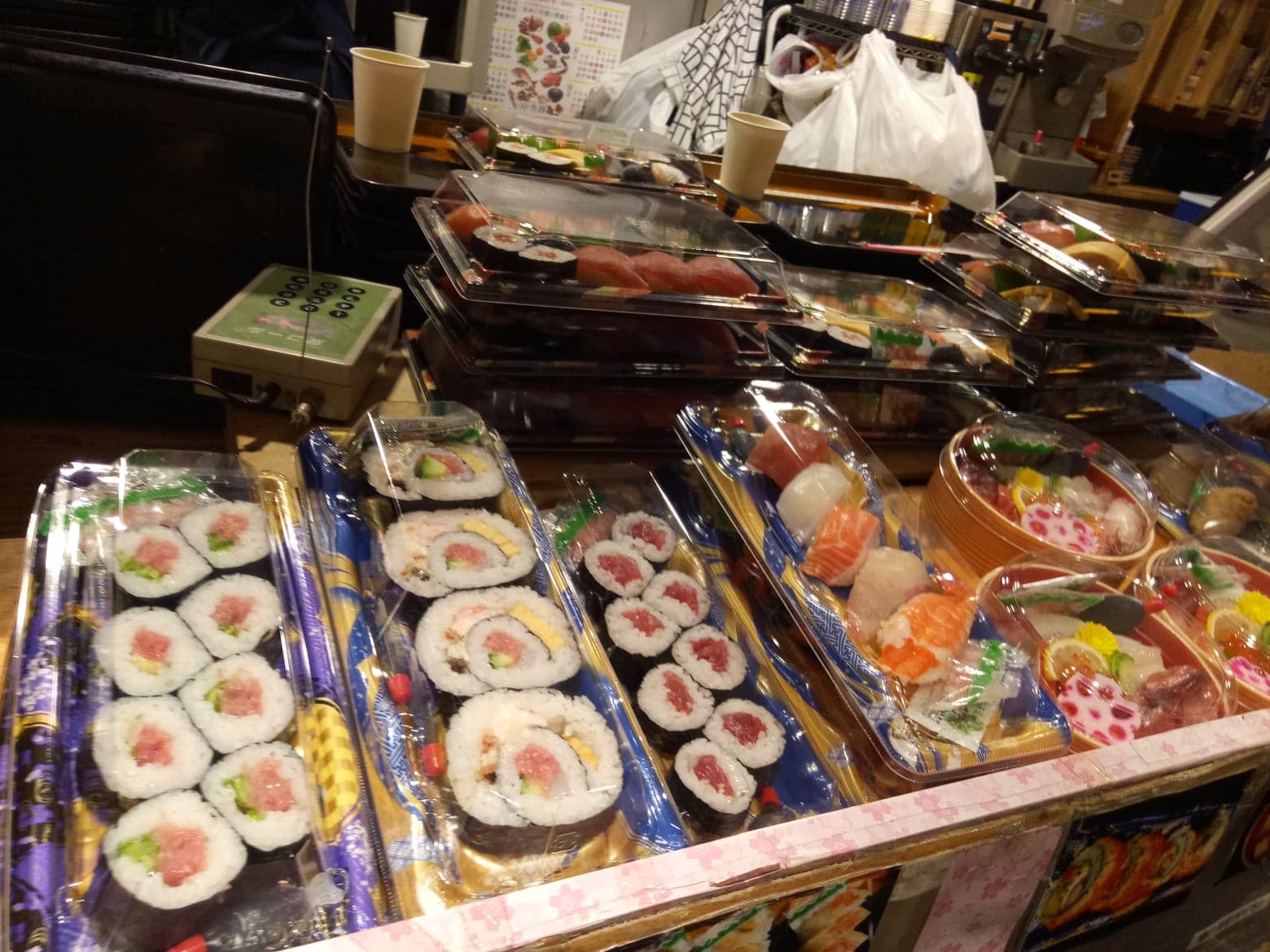
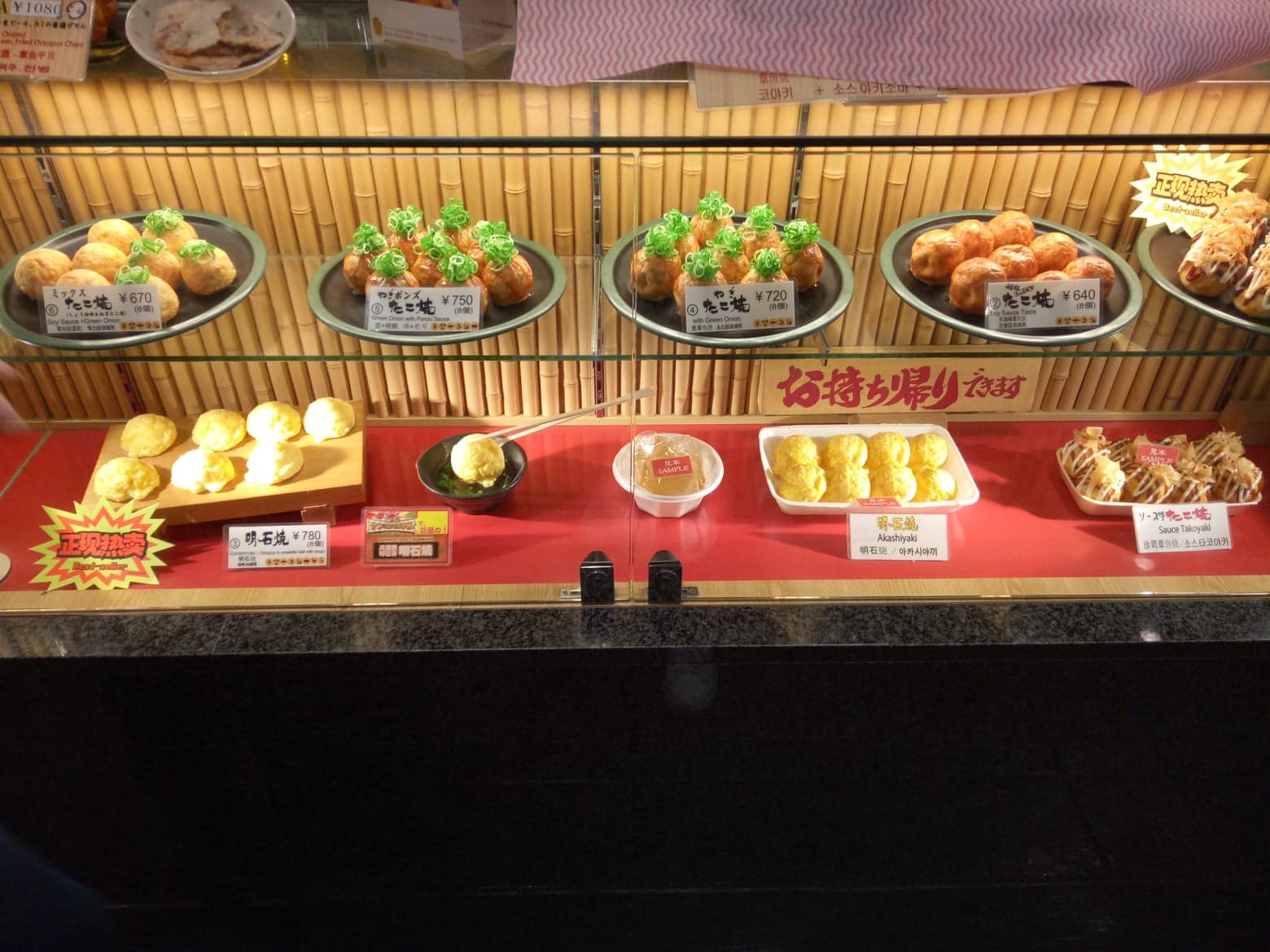
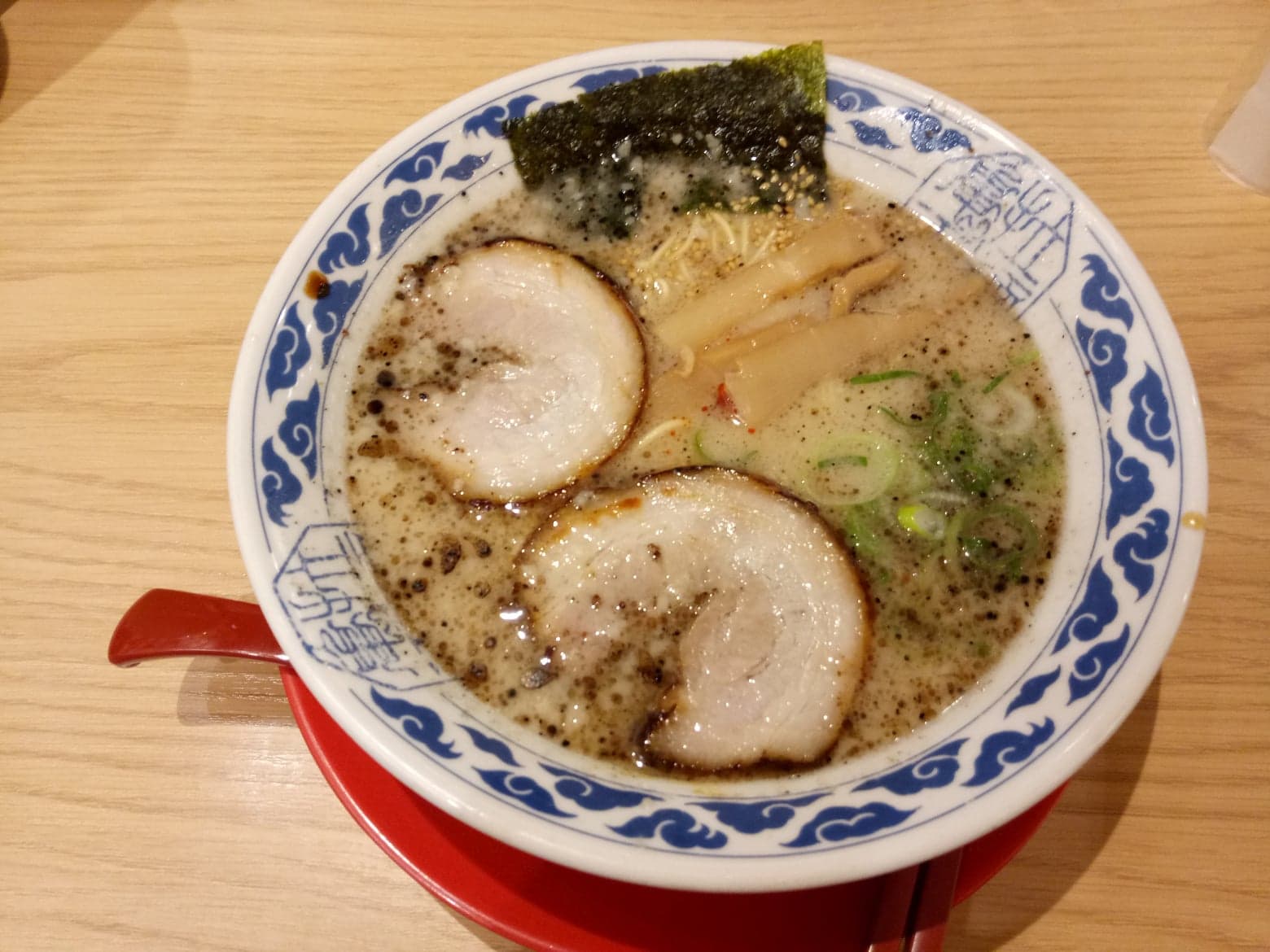

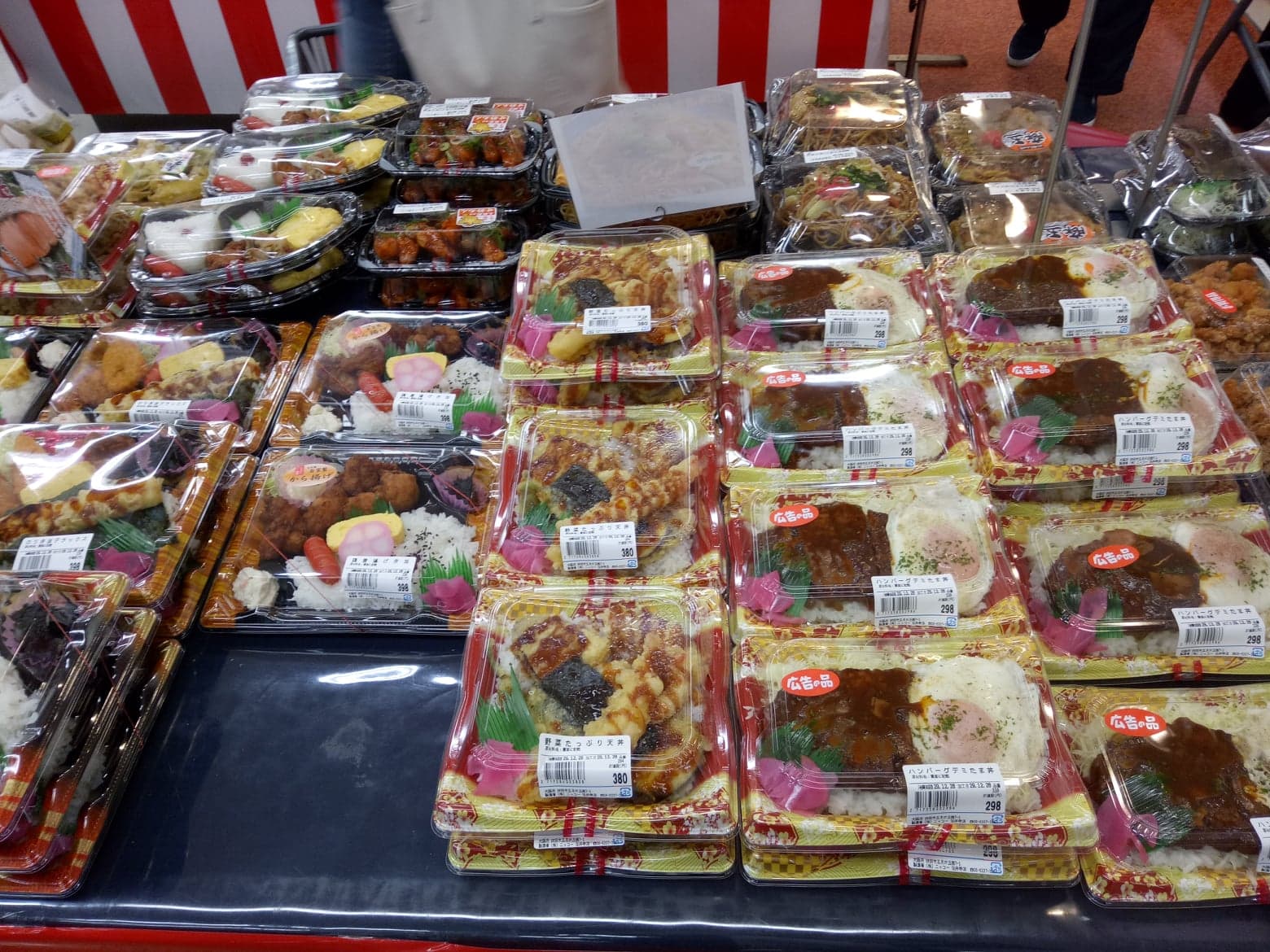
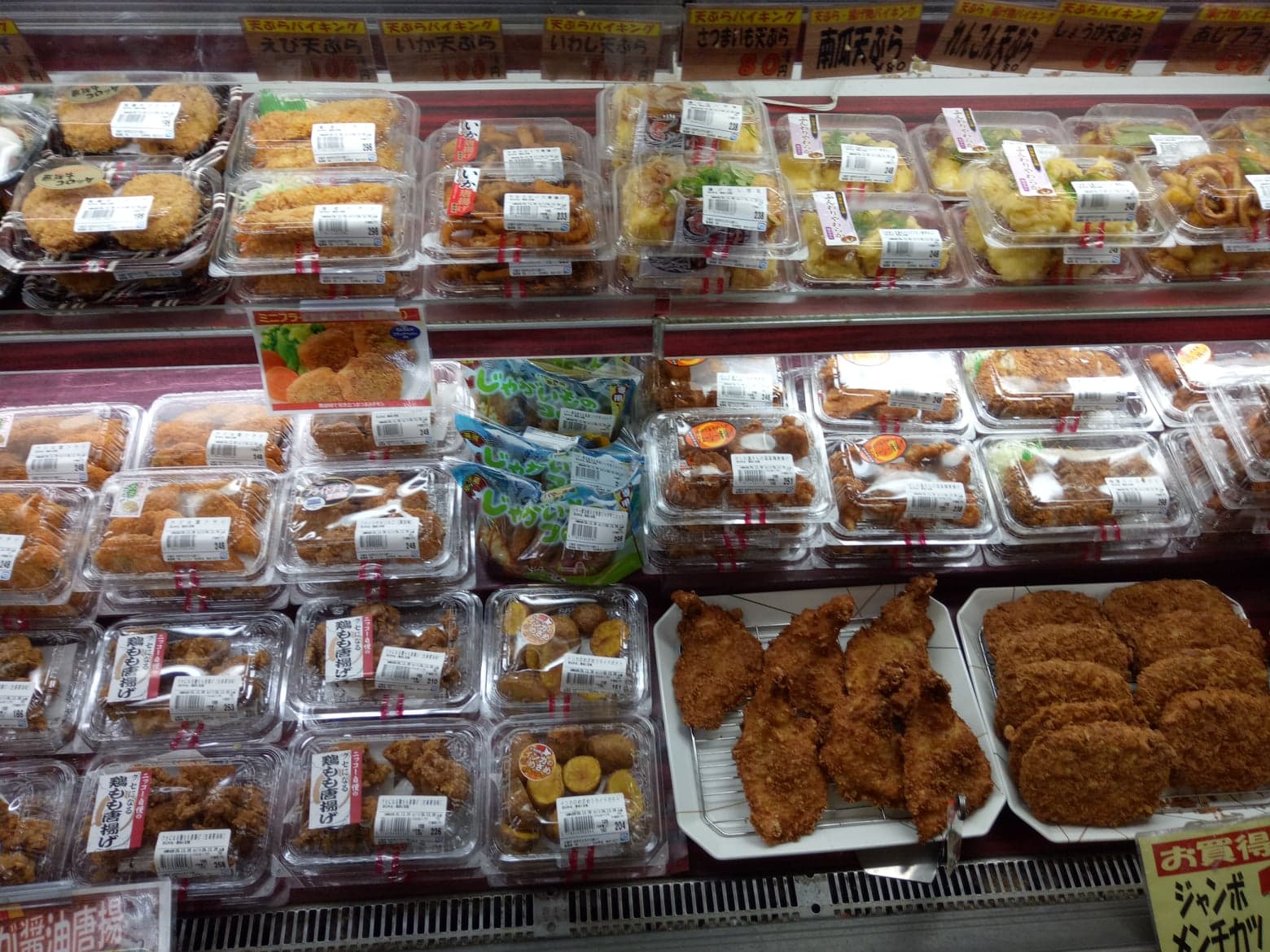
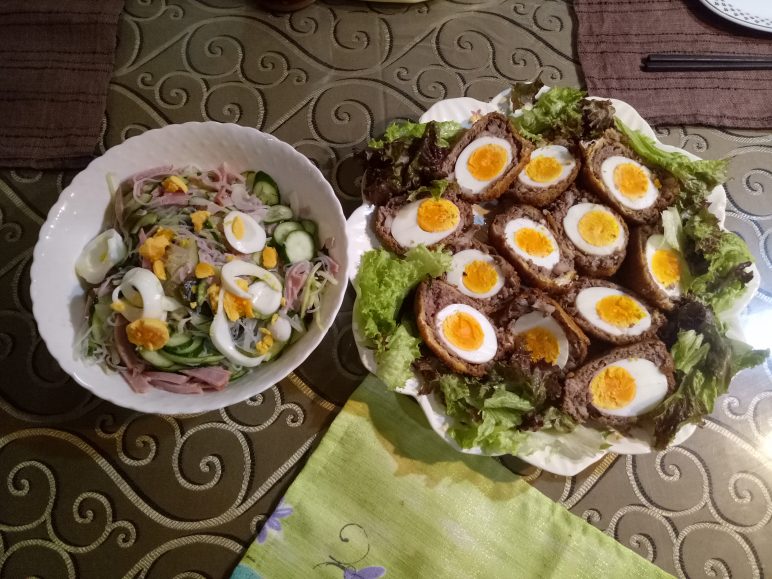
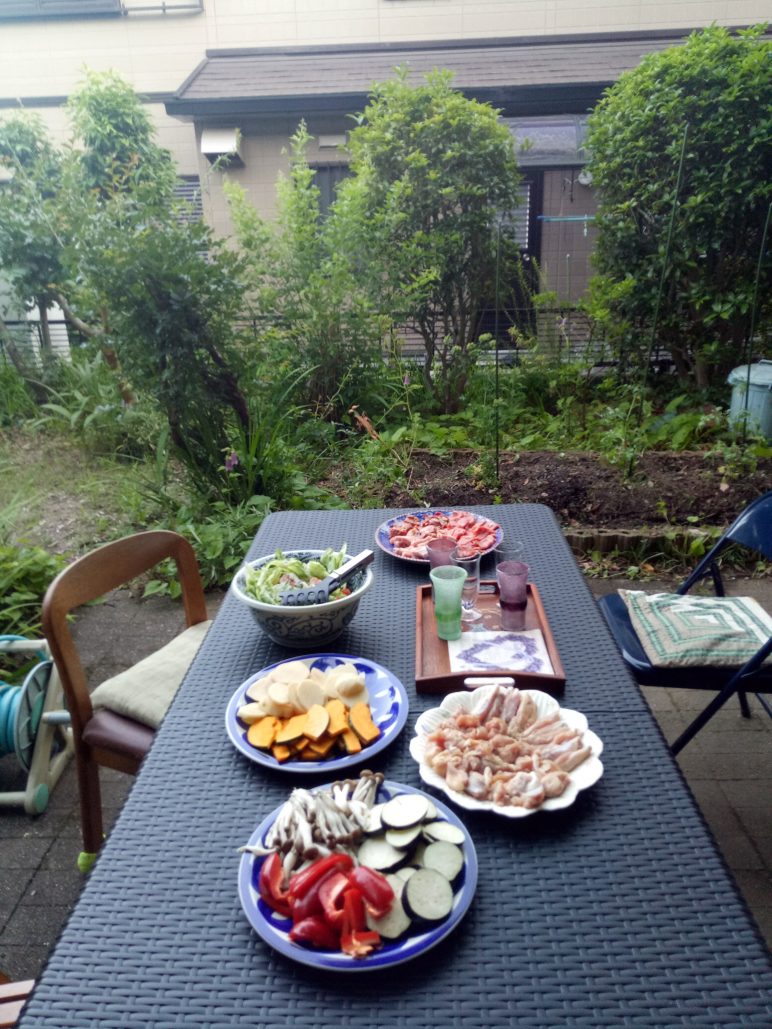
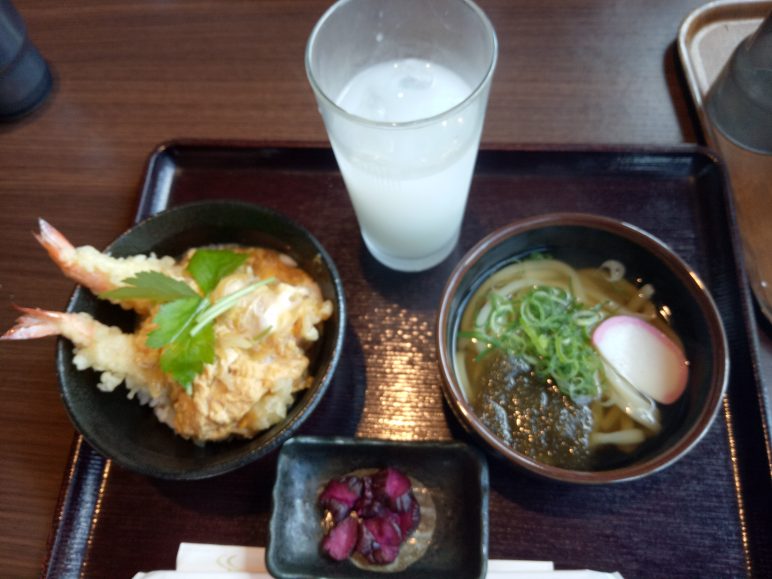
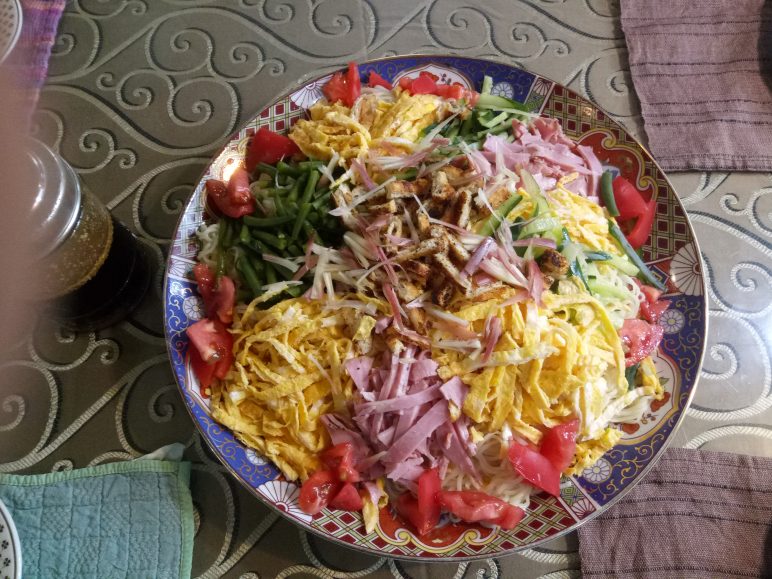
How it differs in the Philippines:
Given.. I love Filipino food and it’s still one of the tastiest for me!! Sad reality..whether we like it or not, it is not the healthiest food there is.
One Japanese friend of mine who used to live in the Philippines has a very precise observation about Filipino meals.
She said that in the Philippines, what you’d see in the dining table are; plates full of rice and one viand in the middle.
I found her comment funny, but as a matter fact, it is true.
In addition, lunch boxes of Filipino kids consist of rice and one viand, example: rice + fried chicken, rice + sausages and the like.
I couldn’t agree more. She’s absolutely right. :( In Japan, students have the most colourful, creative, and the healthiest lunch boxes I’ve ever seen.
I hope one day, Filipinos would start becoming more health-conscious and aware.
It is not that difficult I think, all we need to do is to include salad in our meal.
They don’t need to be fancy, and you don’t even need a special dressing actually.
You can put any vegetables like; lettuce, cucumber, tomato, bean sprouts and you can top it off with fried potatoes and / or canned tuna then finish it off with a squeeze of lemon or calamansi.
But regardless of these, I really really miss Filipino food.
When I get home, I’d make sure to eat kare-kare, sinigang, bulalo, adobo and of course the STREET FOOD!! :D
That’s it guys. Feel free to comment if you have questions and if you want to add more. :)
Thank you and see you next time!



















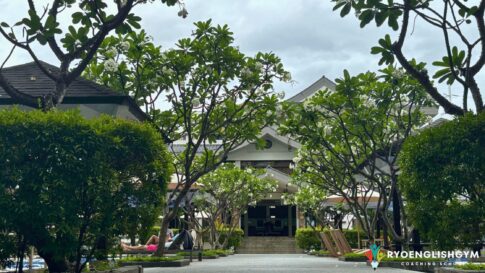
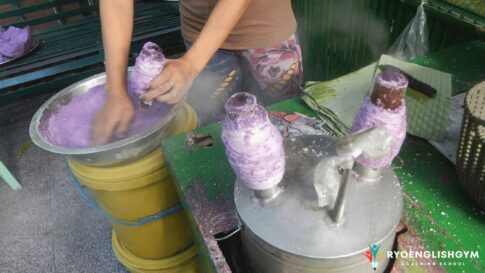
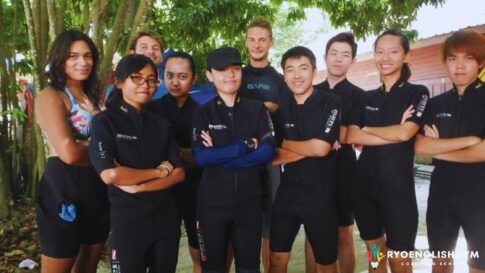
























コメントを残す